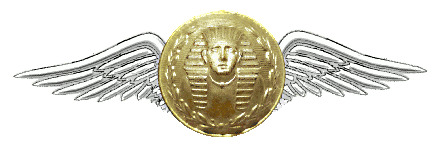Master Sgt. Joseph Sinatra checks the air spring pressure on an LC-130 Hercules during a stop Oct. 18, 2010, at Hickam Air Force Base, Hawaii. The springs are used to absorb the shock of landing the ski-equipped aircraft on the Antarctic ice. Sergeant Sinatra and the rest of his LC-130 aircrew stopped at Hickam while en route to Antarctica to support Operation Deep Freeze, the Defense Department’s logistical support to U.S. research activities at the southernmost continent. Sergeant Sinatra is an LC-130 crew chief assigned to the New York Air National Guard’s 109th Airlift Wing at Stratton Air National Guard Base, N.Y. (U.S. Air Force photo/Tech. Sgt. Kerry Jackson).
US Air Force Link (www.af.mil) courtesy



